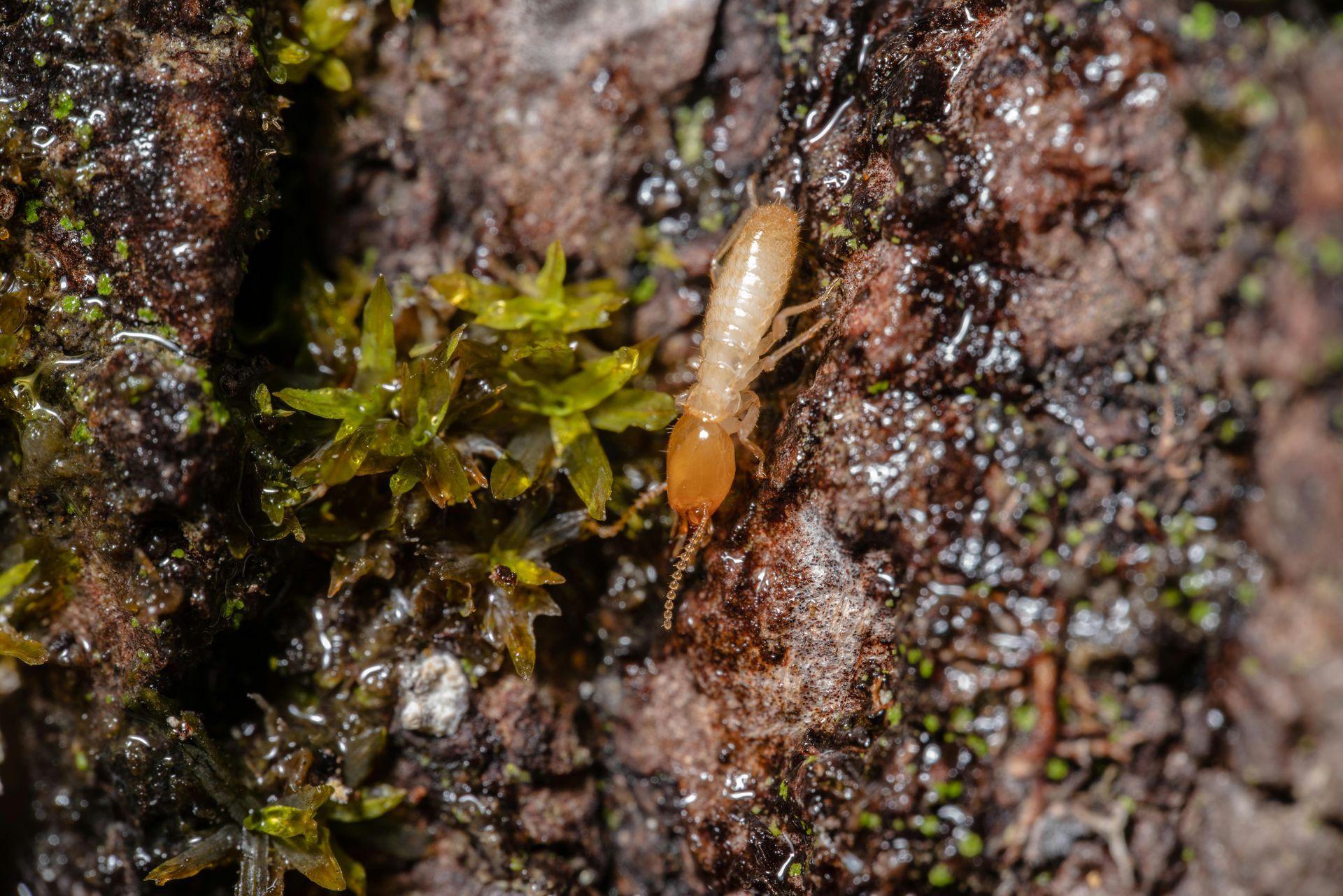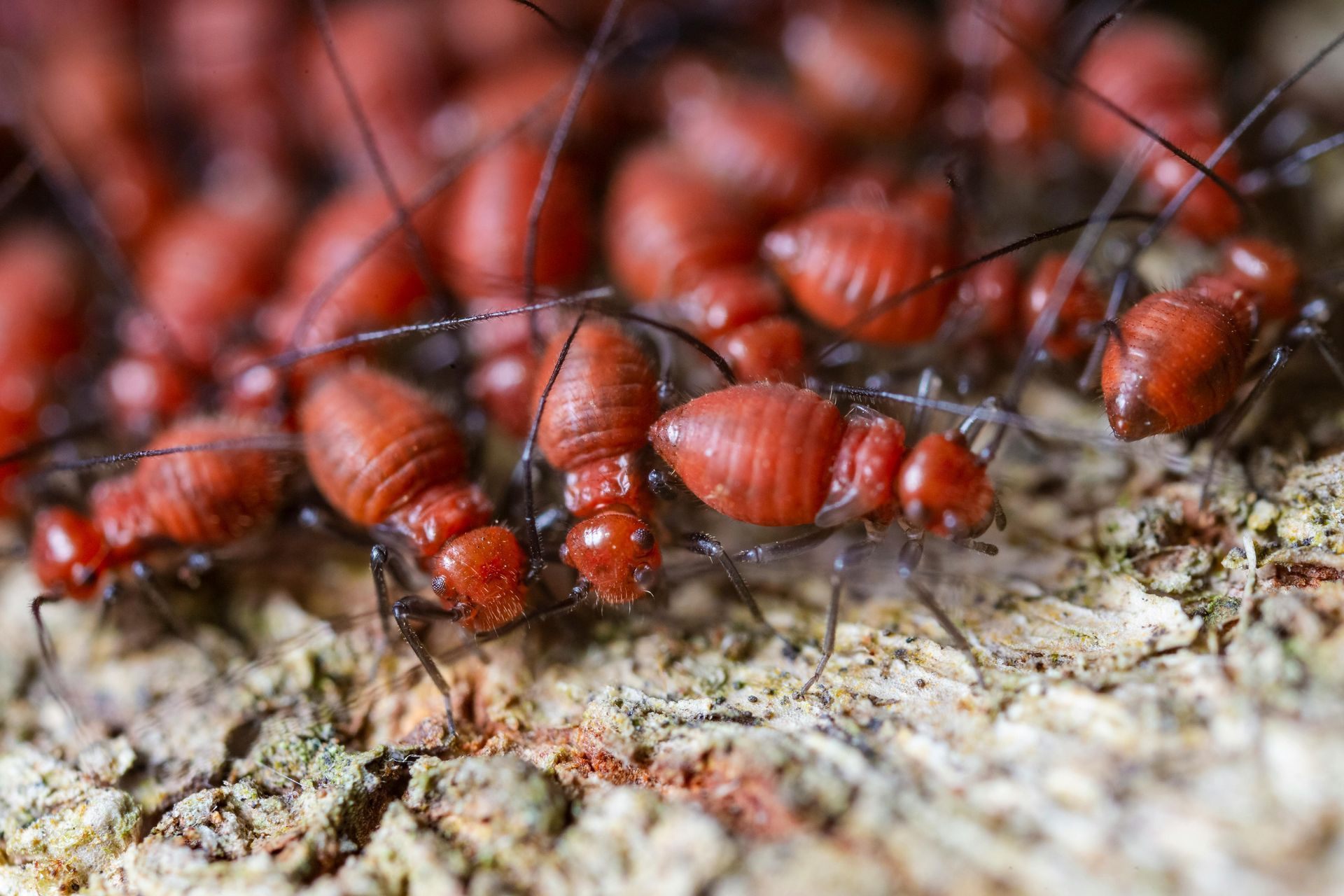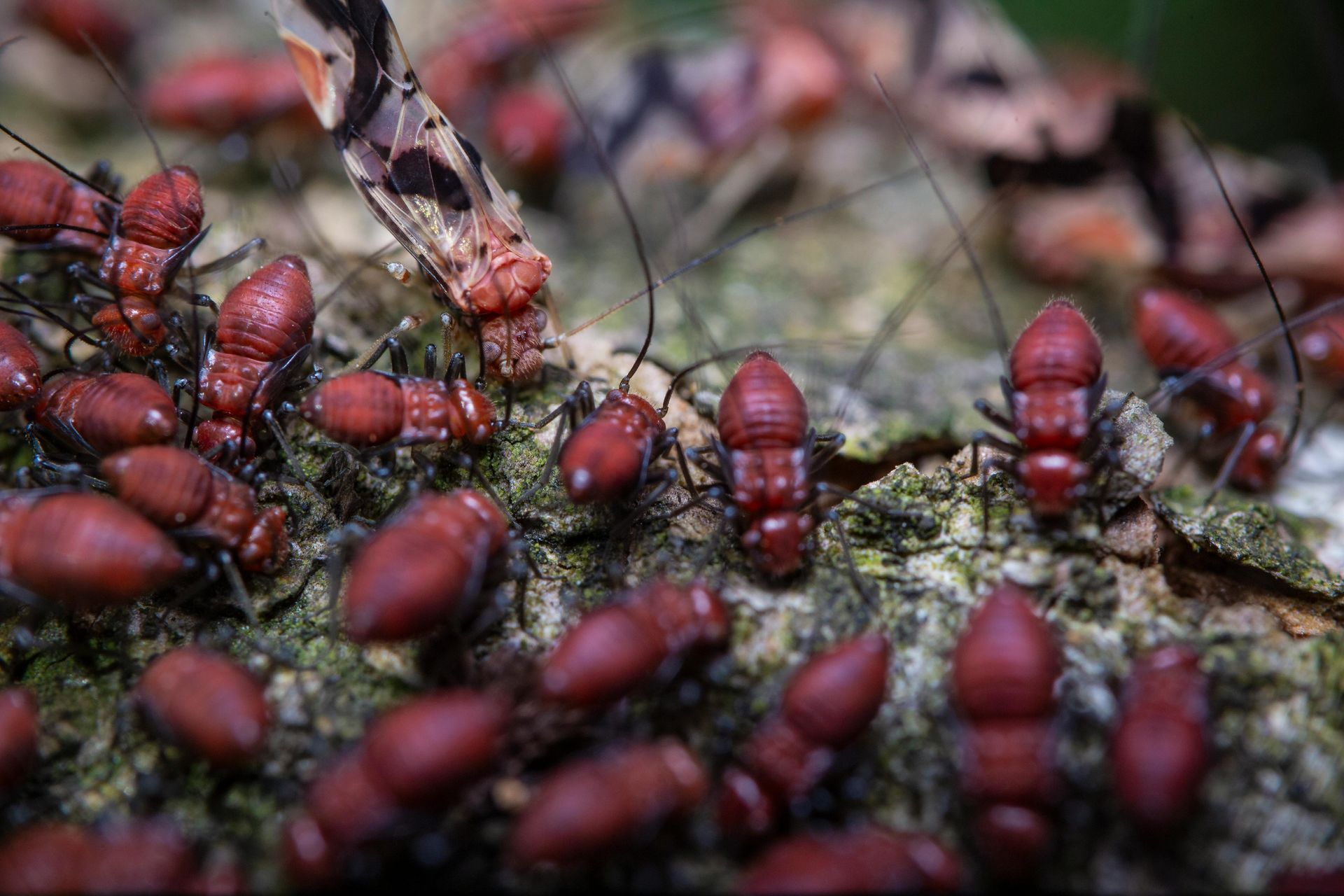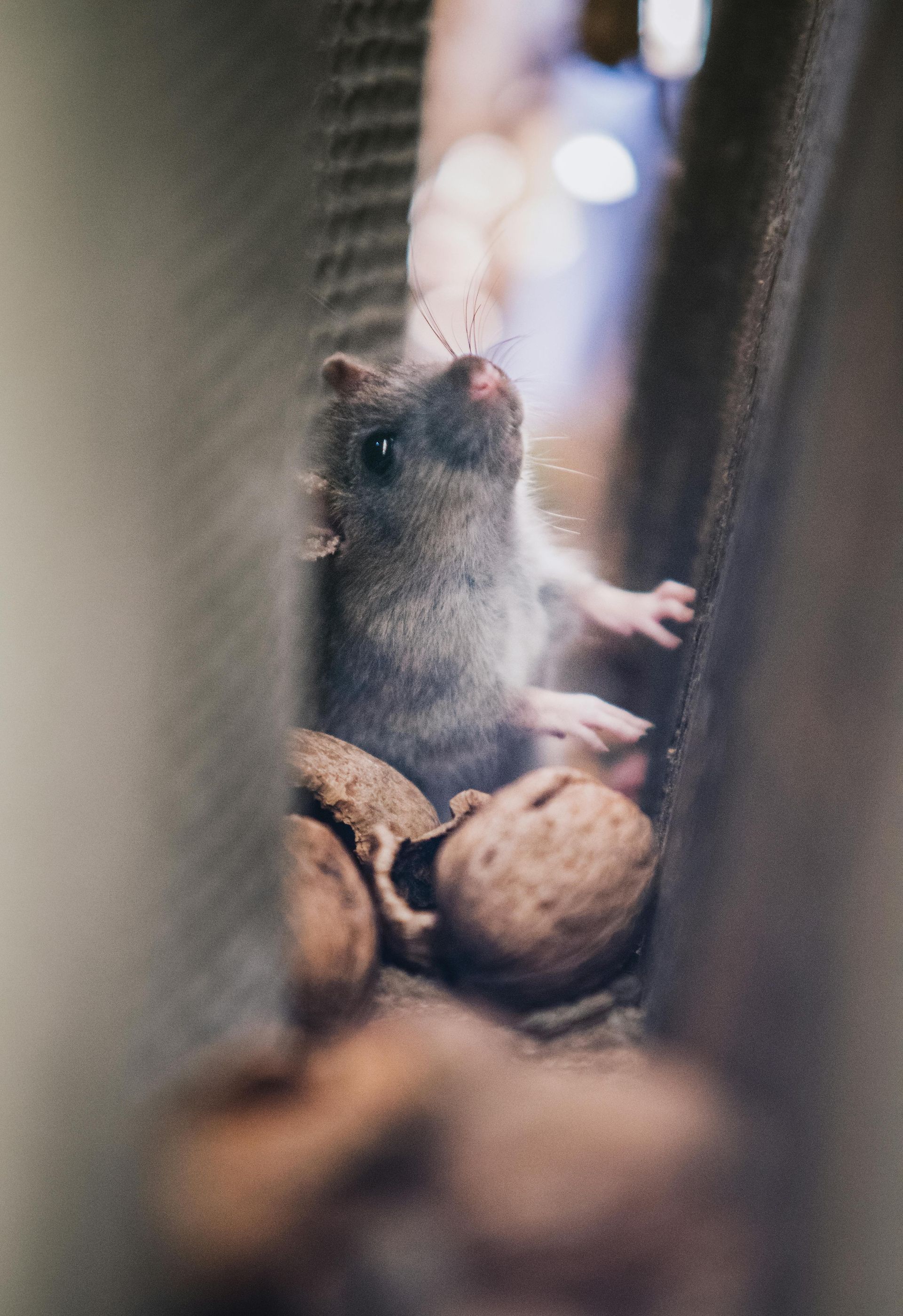Top 5 Signs You Have a Termite Infestation in Your Home
5 Signs of a Termite Infestation
Termites cause billions of dollars in property damage each year, often working silently and out of sight. These destructive pests can compromise the structural integrity of your home before you even know they are there. Early detection is your best defense against extensive and costly repairs. Understanding the common warning signs can help you identify a potential problem and take action quickly.
1. Discarded Wings and Swarmers
One of the earliest and most visible signs of a termite problem is the presence of swarmers, also known as alates. These are young, winged termites that leave their mature colony to find a mate and establish a new one. A termite swarm often occurs after a rain, typically during warmer months.
You might see a group of these flying insects inside or outside your home. They are often mistaken for flying ants, but there are key differences. Termites have straight antennae, a broad waist, and two pairs of wings that are equal in length. Flying ants have elbowed antennae, a constricted waist, and wings of unequal length.
After a swarm, the termites land, shed their wings, and crawl away to start their new colony. You may find piles of these discarded wings on windowsills, near doorways, or in spiderwebs. Finding these wings is a definite red flag that a termite colony is nearby, possibly within your home's walls.
2. Mud Tubes on Walls and Foundations
Subterranean termites, the most common type in North America, build mud tubes to travel between their underground colony and their food source—the wood in your home. These tubes are made of soil, wood, and termite saliva. They protect the termites from predators and dehydration as they move above ground.
You can find these pencil-sized tunnels along your home's foundation, both inside and out. Check crawl spaces, basements, and exterior walls. They may also run along pipes, support piers, or floor joists. To check if a tube is active, you can carefully break off a small section in the middle. If the tube is repaired within a few days, it indicates that termites are currently using it as a highway into your home.
3. Hollow or Damaged Wood
Termites consume wood from the inside out, leaving a thin veneer of wood or just the paint on the surface. This can make them difficult to detect until significant damage has already occurred. You can check for this type of damage in several ways.
Tap on wooden surfaces like baseboards, window frames, and structural beams with the handle of a screwdriver. If the wood sounds hollow or papery, it may be a sign that termites have eaten away the interior. In some cases, a gentle push might cause your finger to go through the surface.
You may also notice blistering, bubbling, or peeling paint on wooden surfaces. This can happen when termites are feeding just beneath the surface, introducing moisture that damages the paint. Look for unexplained cracks on internal walls, ceilings, or beams, as extensive termite activity can cause structural shifts.
4. Frass (Termite Droppings)
As drywood termites eat through wood, they create tunnels and galleries. To keep these pathways clean, they push their droppings out of small holes. This excrement, known as frass, consists of tiny, six-sided pellets that are about one millimeter long.
Frass often accumulates in small mounds that can resemble sawdust or coffee grounds. You might find these piles on windowsills, near baseboards, or directly below infested wood. The color of the frass can vary depending on the type of wood the termites are consuming.
Unlike subterranean termites, drywood termites live entirely within the wood they infest and do not need contact with soil. The presence of frass is a clear indicator that you are dealing with a drywood termite problem.
5. Tight-Fitting Doors and Stiff Windows
Do your doors or windows suddenly seem harder to open and close? While this can often be attributed to humidity or foundation settling, it can also be a subtle sign of a termite infestation.
When termites consume wood, their activity and waste produce moisture. This moisture can cause wood frames to warp and swell, making doors and windows difficult to operate. If you notice this issue along with other signs, such as hollow-sounding wood or frass, it’s worth investigating further. This symptom often points to a more advanced infestation that has begun to affect the structural components of your home.
Contact Us Today to Schedule a Thorough Termite Inspection!
If you have noticed any of these signs, it is crucial to act swiftly. A termite infestation will not go away on its own and will only worsen over time, leading to more extensive and expensive damage.
While DIY termite treatments are available, they are often ineffective against an established colony. The most reliable solution is to contact a licensed and experienced pest control professional. A specialist can conduct a thorough inspection to confirm the presence of termites, identify the species, and determine the extent of the infestation. At SWAT Pest Control, we are proud to be that specialist. Our team offers thorough and reliable termite inspections for homeowners and real estate buyers across Panama City, FL, and the surrounding areas.
As a local termite control company, we have the expertise to identify, control, and prevent termite infestations, safeguarding your most valuable investment. Contact us today to schedule an appointment!






